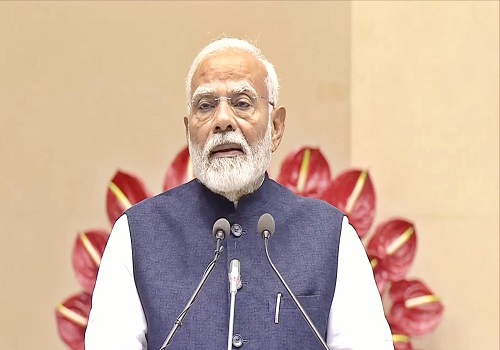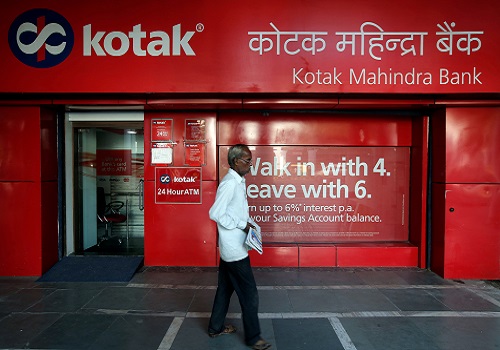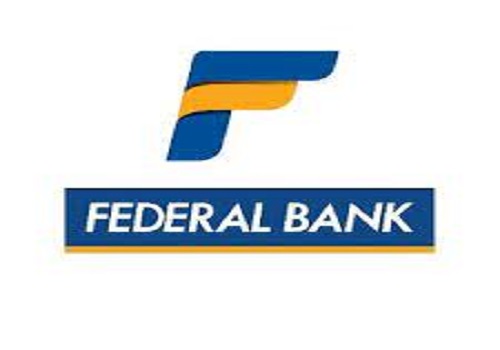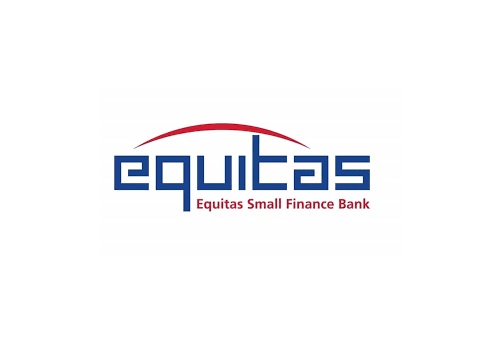Banking Sector Update : Agriculture loans - Looking through the waivers by Kotak Institutional Equities
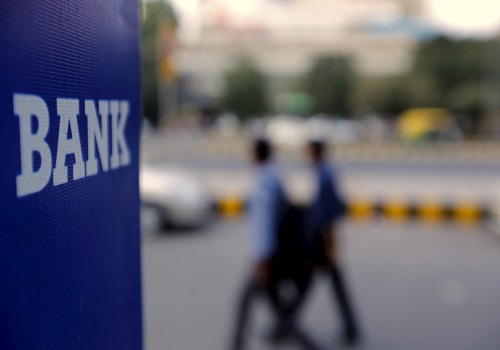
In this study, we look back at the impact of agriculture waivers by various states and the consequences on impairment ratios. While these data sets are not robust on quality, we can conclude that the negative impact of these waivers is high, both on waivers and the credit flow. The impact is the highest when large states make these waivers and if the program being covered encompasses all forms of agriculture loans.
Agriculture loans: Growth picks up in 2024 but so have the conversations
Exhibit 1 shows that agriculture loans accelerated in FY2024 after a period of slow growth post-demonetization. It probably reflects the period where loan growth for all banks slowed after the corporate NPL cycle. Historically, the relationship is a lot closer to overall loan growth. Exhibit 3 shows that growth in smaller ticket-size loans has been relatively slower. Exhibit 5 and 6 show that most of the loans are for direct agricultural activities and are short-term in nature. Exhibit 7-9 show the relative growth in this segment is higher for private banks than public banks.
The relationship to NPL is visible but the intensity has varied
Farm loan waivers have been a lot more prevalent since 2010. Exhibit 10 shows ~20 instances, and the combined cost of these waivers has been far higher than the agriculture debt waiver and debt reduction scheme announced by the central government in 2008. Exhibit 11-13 show the impact of these waivers on NPL trends reported in agriculture in that specific state, loan growth in that segment for public and private banks and overall NPL ratios for the banks in the agriculture segment. We definitely see higher NPL post-2015, but note that this was a period after demonetization and the regulator had been strengthening compliance on NPL recognition during this phase. We could conclude that there is an effect of higher NPLs when these waivers are announced, but the intensity subsides when the beneficiaries are announced and comes back to normalcy in the next few years. From the lenders’ side, the decline in NPL ratios could be a function of higher write-offs, which implies that the headline stress at the borrower level is probably high even if it is showing an improvement in the financials that we are watching every quarter. Note that the borrowers need to pay off the earlier dues before getting a fresh exposure from the lender. In addition, while we are taking the stance that the impact is higher for public banks, private banks are ~25% of banks, and at their size, they would have this exposure through some means.
Several challenges on the ground; for lenders and borrowers
Studies on the effectiveness of farm loan waivers get debate from various stakeholders. While the need to alleviate the financial distress of farmers is accepted, it only addresses one of the various problems for the farmer. Note that an indebted farmer is probably facing challenges from volatile productivity, rising input costs leading to weaker margins and other factors. Addressing one of the challenges does not alleviate the other stress points.
Above views are of the author and not of the website kindly read disclaimer










More News

Oil & Gas Sector Update : The curious case of rising capex among O&G PSUs By Kotak Instituti...










